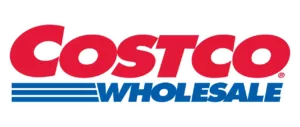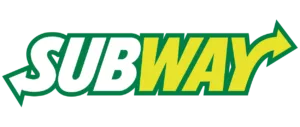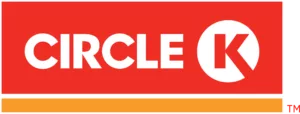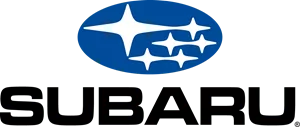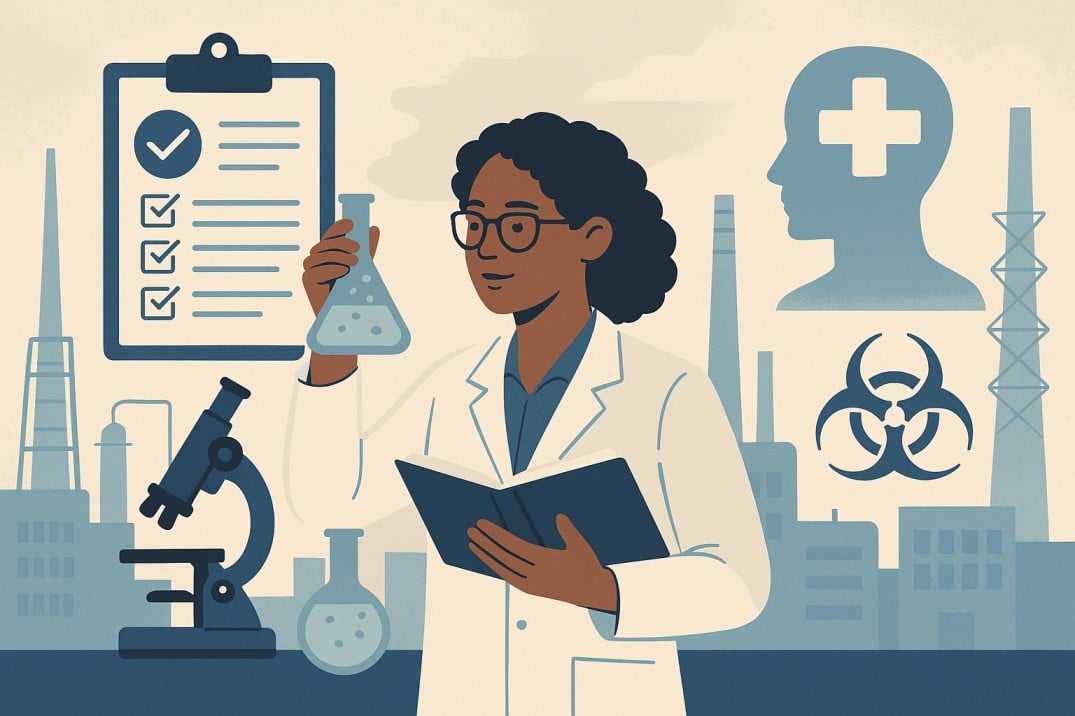If you’re a business owner, you probably spend a lot of time worrying about how to keep your employees safe.
But are you doing everything you can to ensure your employees are as safe as possible?
You bet.
At Coggno, we believe that every business should be OSHA-compliant.
And we know that complying with occupational safety and health is not just a matter of following the rules and regulations.
It’s also about making sure everyone at work knows what they need to do to stay safe.
That’s why we’ve put together this blog post on what it means to have OSHA compliance and 11 tips to keep your company OSHA-compliant in 2022.
What Is Occupational Safety And Health Administration?
Occupational Safety and Health Administration (OSHA) is a federal agency that works to protect workers from workplace hazards.
It was created in 1970 to ensure the safety of employees in the workplace.
The agency’s mission, as defined by its website, is “to assure safe and healthful working conditions for all those who toil in U.S. workplaces.
Explore: Introduction To OSHA Course
What Does It Mean To Be OSHA Compliant?
OSHA has a lot of power in protecting employees, so you must also know how to comply with their standards.
That’s why it’s important to ensure that workers are protected from falling objects, sharp objects, electrical hazards, etc.
An organization with OSHA compliance also offers a degree of predictability for workplace safety.
They know their job duties and when they’ll be working on a particular task.
Overall, complying to OSHA standards make a safer work environment.
An excellent way to ensure your organization is OSHA-compliant is by having a safety and health act.
11 Tips to Keep Your Company OSHA Compliant
1. Know Where The OSHA Compliance Are
OSHA compliance is a big deal, and you need to comply with all the OSHA standards to ensure workplace safety.
The General Industry Duty Clause tells you that employers are responsible for ensuring their employees are safe during their workday (i.e., you can’t just leave them alone in a room with a ton of hot asphalt).
Subpart Z of the Hazard Communication Standard.
It covers how employers and workers communicate about health and safety risks when working together.
It includes posting signs warning people about what they’re doing—like “Do not touch!”.
It ensures employees know how to respond if they see something dangerous happening on the job site.
Subpart A of the General Industry Duty Clause itself.
Employers must provide a safe workplace for their workers to work, free from dangers like exposure to dust or fumes or other hazards like those listed above.
The General Duty Clause is a vital part of the occupational safety and health administration (OSHA) mission to prevent serious injuries and illnesses on construction sites.
It shows the importance of safety in the workplace and it also provides assistance in ensuring that workers have the training to deal with injury and illness.
2. Display Safety And Health Act (Osh Act) Poster
The OSHA poster is a great way to comply with OSHA standards.
It educates your employees about safety in the workplace.
OSHA posters can be displayed in various places, including on the wall, in a conference room, or even on an employee’s desk.
The poster will assist in understanding their rights and responsibilities and what steps they should take to stay safe.
3. Ensure Having A Hazard Communication-Related Program
OSHA standards define a hazard communication program as a formalized action plan for communicating hazards to employees.
It includes:
- A list of all known chemical substances possessing hazards in the industry and their possible health effects
- Instructions on how to identify these chemicals, including signs that they might be dangerous
- Guidelines for labeling products as hazardous and providing instructions on how to handle them safely (for example: “Keep away from children” or “Do not eat”).
4. Report Workplace Injuries And Illnesses
The OSH Act requires employers to record each industry accident they are involved in, including any injuries or illnesses on the job.
This also requires that this information be reported within 24 hours of the accident and reported to your state’s Department of Labor.
The law requires that employers report all injuries resulting from an incident, even if the individual does not seek medical care for their injury.
However, the law does not require employers to report injuries that do not result in lost work time or impairment.
5. Lock Out/Tag Out
OSHA standards define Lockout/Tag out as control of hazardous energy to protect workers from exposure to hazards.
It helps ensure that employees can work safely in areas with potential hazards, such as
- high-voltage power lines;
- heavy machinery.
There are several ways you can implement:
- Have your workers wear safety glasses when working near machines or equipment that could injure them if not handled correctly
- Ensure all workers understand working conditions and what they need to do before they enter an area with hazards.
- Provide training courses on working conditions, so everyone knows what needs doing and when it needs doing!
If you’re unsure where to buy OSHA-compliant training courses, Coggno is the place to go!
Coggno offers multiple training courses for free on lockout/tagout, workplace safety, OSHA compliance (Healthcare), fall protection, ladder safety, etc.
6. Have An Emergency Action Plan
An emergency action plan (EAP) is a written document outlining your company’s emergency procedures.
It gives employees clear instructions on handling certain situations (e.g., fall protection).
It includes specific tasks, such as contacting the appropriate person or ensuring all supplies are available.
7. Have A Fire Prevention Plan
Fire prevention plans are required by OSHA and should be prepared for each business location.
The plan should include the following elements:
- prevention,
- detection;
- alarm and extinguishing;
- emergency procedures;
- procedures for evacuation;
- reporting of fires or other emergencies.
Must Read: Sexual Harassment Training Certification in the United States
8. Have an Electrical Safety-Related Work Practices Program
An electrical safety-related work practices program is necessary for employees who service or repair electrical equipment.
For example, the following activities are required:
- Training on the safe use of tools and equipment used during a job (such as power drills);
- Proper maintenance of tools, machines, and other devices that generate electricity (e.g., surge protectors)
- Proper testing of circuits before they’re turned on after repairs have been made.
9. Have A Restricted Entry Permit System Set Up
A restricted entry permit system is a method for controlling access to your facility.
It involves:
- security guards checking identification;
- scanning badges before allowing people into your building
Some companies use handheld scanners that identify badge holders by their unique barcodes; others rely on key fobs with RFID chips (these are commonly found in parking meters).
Either way works just fine—the point is simply getting employees accustomed to ensuring they’re wearing personal protective equipment (PPE) before entering any area where hazards exist.
10. Ensure Employees Use PPE As Directed
It is mandatory to ensure that your employees use their protective PPE kit as directed by OSHA, manufacturers, and verifiable sources.
- Ensure that the kit is in good condition at all times.
- Ensure that the kit is used correctly for each task and application of chemicals or substances to be used.
- Always ensure no defects in any kit worn by an employee during day-to-day tasks performed at work sites such as factories, warehouses, etc.
Otherwise, it could result in workplace injury due to the failure of these items during average wear over extended periods.
11. Inspect Work Areas Regularly For Hazards
Inspect work areas regularly for hazards, especially as they relate to
- fall protection;
- machinery;
- corrective methods;
- procedures and training;
- hazardous conditions in the workplace
Use a checklist to ensure that you have covered all the necessary items required by OSHA.
End Note
These are just a few ways to ensure that your company is up to date with OSHA rules and regulations.
The more you know about how these rules and regulations work, the better equipped you’ll be to ensure your employees are protected and safe at all times.
Must Read: What To Look For In A Learning Management System?


















